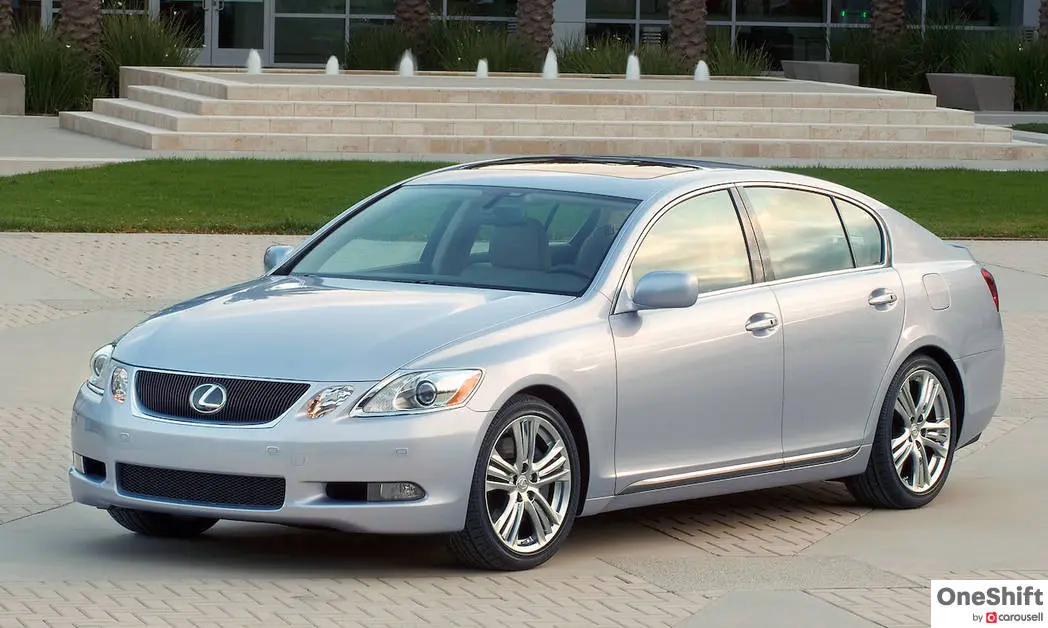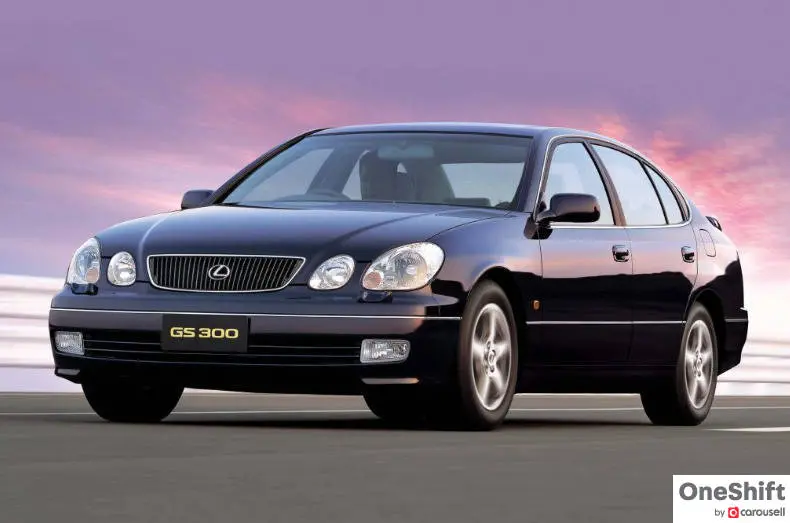OneShift Buyers' Guide For The Lexus GS (Third Generation)
The Lexus GS might have ceased production in August 2020, but it had left a positive impression for those who had the chance to experience one since its inception in 1993. It slots in nicely between the compact executive IS sedan and larger, flagship LS model and was designed as a performance sedan to compete with midsize luxury cars like the BMW 5 Series and Mercedes-Benz E Class. The first generation GS was designed by Italdesign Giugiaro, a firm founded by famed designer Giorgetto Guigiaro, the man responsible for the stunning silhouettes including the Alfa Romeo 159 and Maserati Quattroporte.

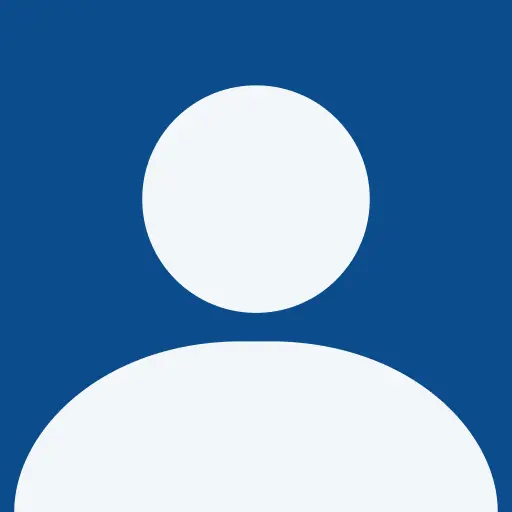





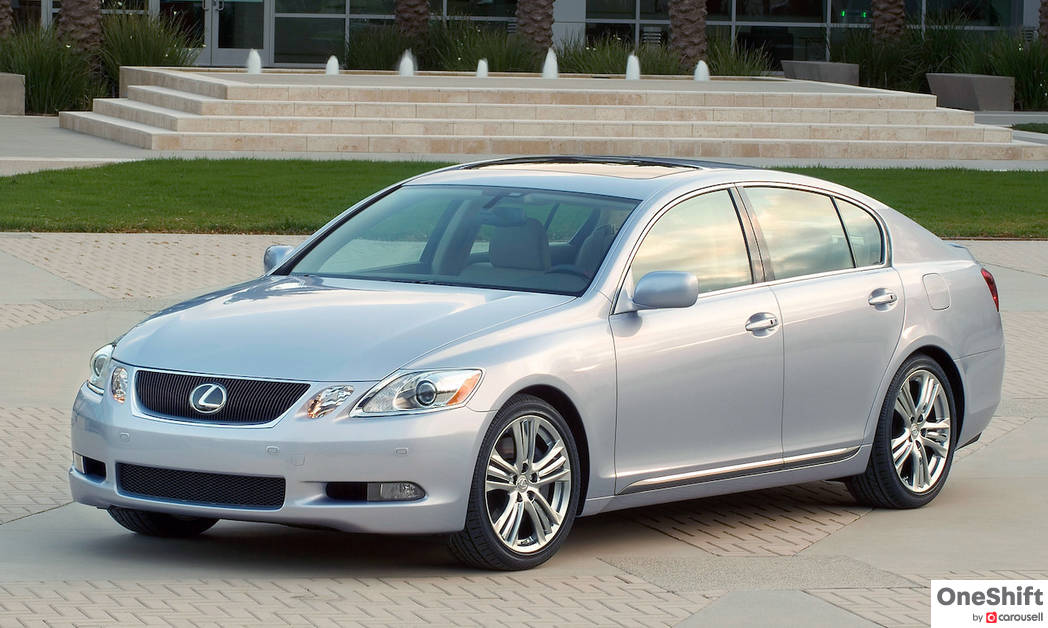
The Lexus GS might have ceased production in August 2020, but it had left a positive impression for those who had the chance to experience one since its inception in 1993. It slots in nicely between the compact executive IS sedan and larger, flagship LS model and was designed as a performance sedan to compete with midsize luxury cars like the BMW 5 Series and Mercedes-Benz E Class. The first generation GS was designed by Italdesign Giugiaro, a firm founded by famed designer Giorgetto Guigiaro, the man responsible for the stunning silhouettes including the Alfa Romeo 159 and Maserati Quattroporte.
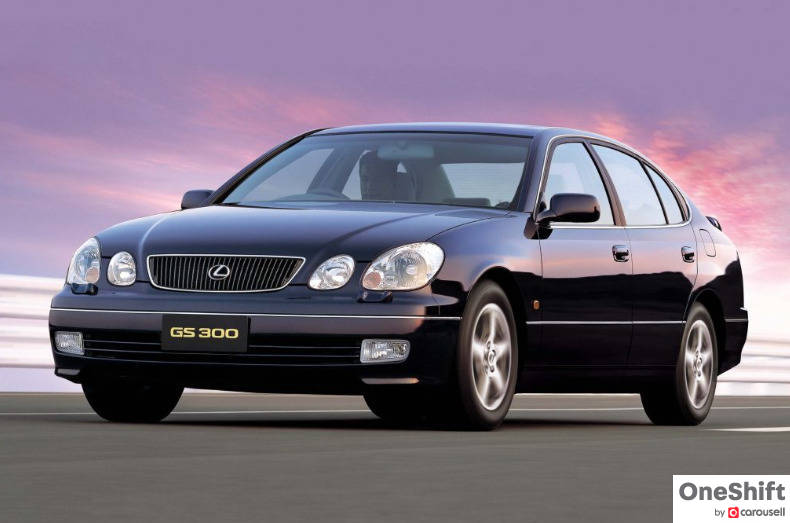
The second generation GS featured a V8 motor for the first time outside Japan. The third generation GS was significant for the Japanese market - it was known as the Toyota Aristo until 2005, where Toyota officially badged the GS for the local market. The fourth and last generation of the GS was launched at Pebble Beach Concours d-Elegance, which pointed towards Lexus' direction to focus marketing efforts in the West. The GS brand had a good run of more than two and a half decades, and was “replaced” by the front-wheel drive Lexus ES.
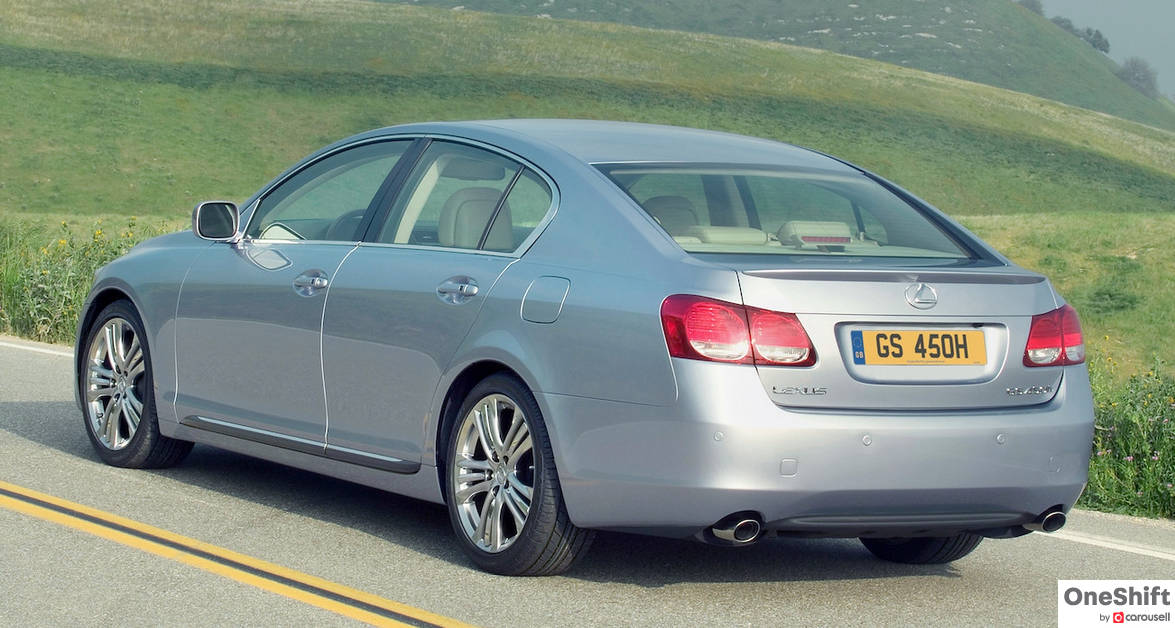
Lexus was preparing the launch of the third-gen GS way before 2005. Its design was finalised in 2002 and Lexus filed a patent a year later. It was the first GS to feature a fastback profile. Japan sold higher-spec versions of the GS in 2005, including the 3.5-litre V6 GS350 and 4.3-litre V8 GS430. All models at launch were equipped with a six-speed automatic transmission. The hybrid GS450h was launched a couple of months later, and it was the world’s first mass produced rear-wheel drive luxury hybrid car. Later iterations of the GS saw the GS460 replacing the GS430. It had a V8 motor and an eight-speed automatic transmission. The GS450h remained as the most expensive third-gen GS variant - a statistic that we reckon was required to elevate the appeal of hybrid technology before they were deployed to other variants, as seen in modern Toyotas albeit in different states of tune.
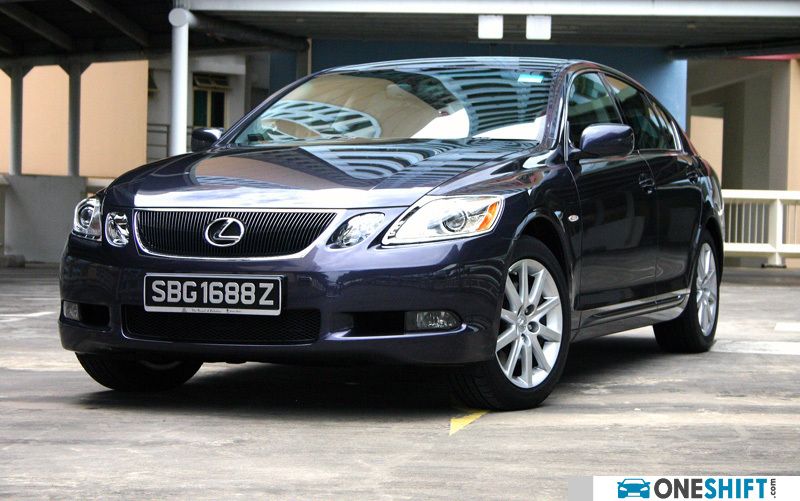
The third-gen GS300 was launched in Singapore in 2005. Then came a facelift variant that OneShift reviewed in 2007. 2009 saw the introduction of the GS450h Hybrid on local shores. Interestingly, given the performance advantage, the “base-spec” GS450h Luxury sold for a bit over S$250,000 back in 2012 - the same price as the top-spec GS300 Super Luxury.

Check if the transmission shows signs of jerkiness. This could mean a new ECU module is required, or you will need to flush out the transmission fluids or service the fuel injectors. Earlier models of the GS300 might have faulty oil lines, which could lead to “oil starvation” when the engine is cold. Try to listen for metal clanging noises at the engine bay on a cold start.
Keep an eye on the engine oil level (for GS450h) as they are known to burn more oil than desired. Some owners experienced leaking radiators - monitor the top portion of the plastic case where the plastic touches the radiator.
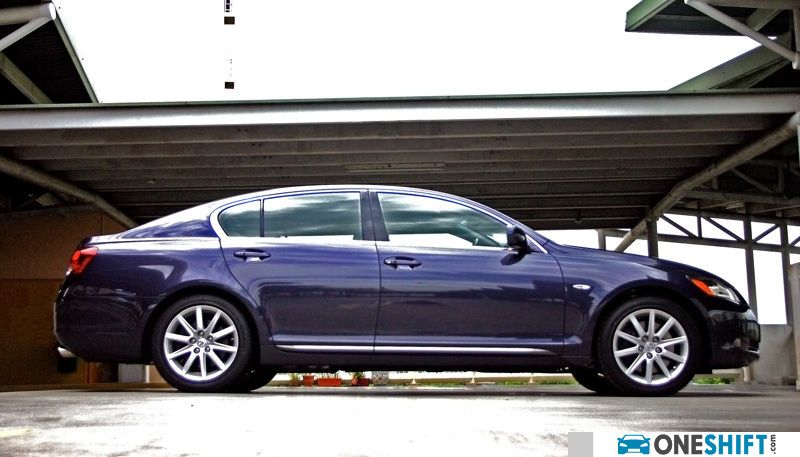
Watch out for wear and tear on the rear brake calipers, and get the brake discs and pads changed as soon as possible as it will be a challenge to bring 1,600kg worth of GS heft to a halt with faulty brakes.
Some owners had issues with the Tyre Pressure Monitoring Sensor (TPMS) warning that beeps more frequently than required, but it should be a quick fix by replacing a faulty battery on a sensor in one of the wheels.
The GS can be a common candidate for modifications, which means lowering kits, camber kits and oversized wheels could be fitted on the one on your shortlist, affecting the drivability and resulting reliability of the vehicle. Check for any damages on the fenders.

Look out for panel gaps on high mileage units, because the workmanship and quality of the GS is so precise that panel gaps would likely mean it has been through accident damage.
Dashboard rattles are a common issue when the cabin is cold, but can be resolved by installing felt pads on affected panels.
Some owners have reported problems with the GS’s door hinge and hinge pins, which can wear out and misalign the doors after years opening and closing. Monitor surrounding rubber seals on the doors for potential water seepage, too
The HID lights on the GS might require some work, as owners have reported the need to adjust or “re-aim” the projectors. A new set of HID ballasts that are part of its electrical workings could solve the issue.
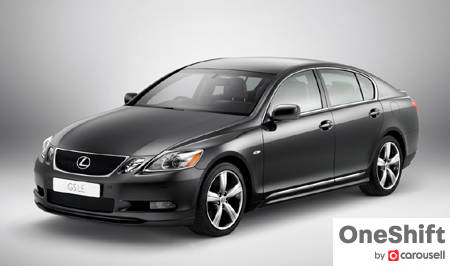
Lexus launched a limited run version of the GS300 in 2006, called the GS300 Limited Edition. It had 18-inch five-spoke rims, a rear spoiler, side skirts and a front spoiler, along with dark wood accents within the cabin and customised floor mats. Painted in a special shade of grey both on the outside and inside. 250 were made specifically for the UK market.
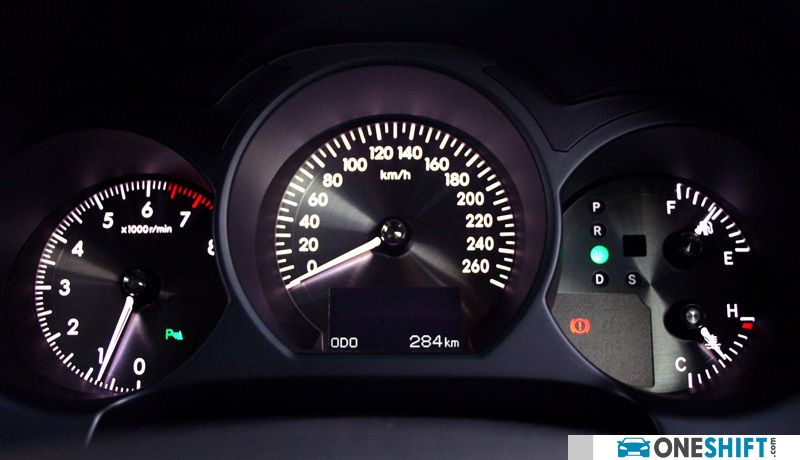
Early third-gen GS300 examples can be had for slightly more than 10 grand per year (annual depreciation), which is quite a steal if you can source for a lower mileage, accident-free unit. They would likely have around four years left on the renewed COE cycle. Facelifted third-gen units are going for around 13 to 14 grand per year. Be prepared to fork around around S$3.5k per year on road tax.
A good condition white unit with 3 years left on its current COE cycle.
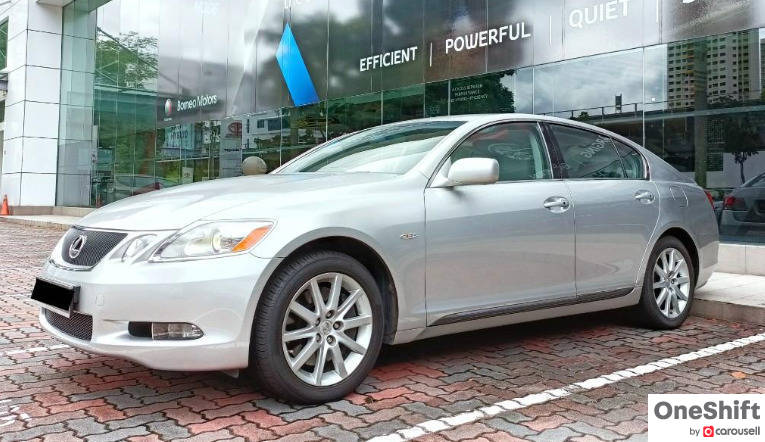
1 owner unit with 74,888km clocked, going for S$45,888.

Keen to acquire a third-gen Lexus GS? Find more pre-loved examples on Carousell.
*Rotate mobile phone to landscape mode to view full chart
Credits: Gerald Yuen
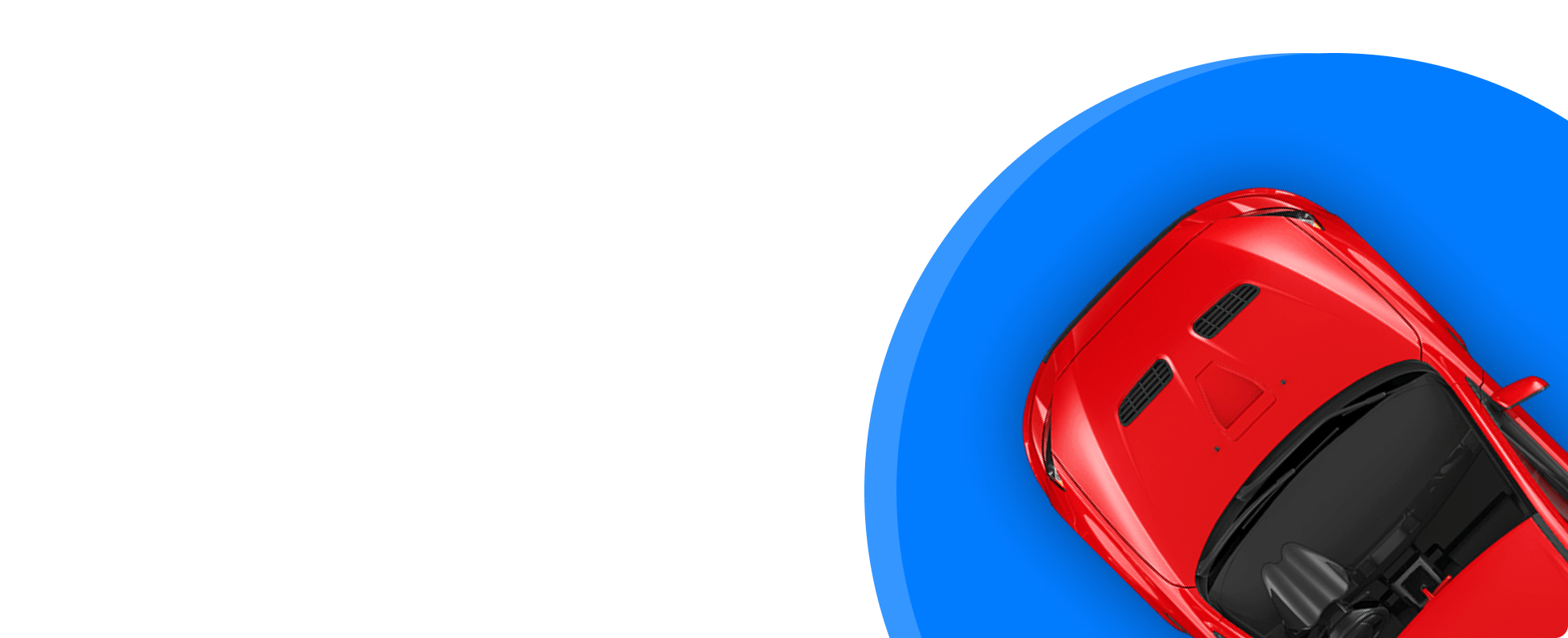
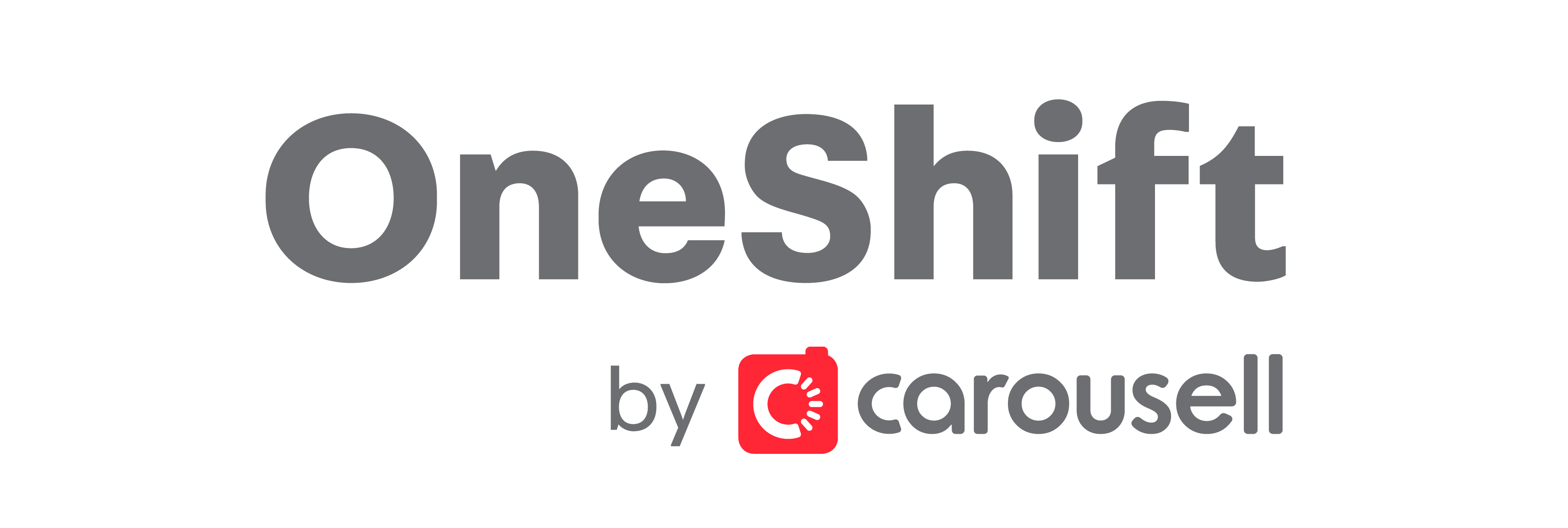
Get the Best Price for your used car
from 500+ dealers in 24 hours
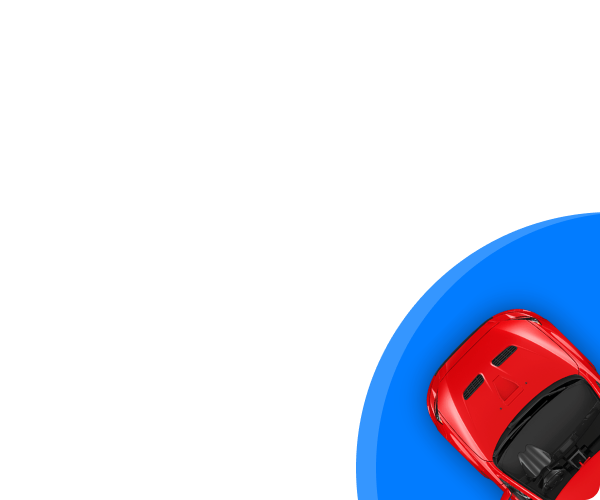
- Convenient and Hassle-Free
- Consumer Protection
Transparent Process
With No Obligation
